Italy is known for many things, but its food is up there with the most popular types of Italian veggies.
Aside from visiting Italy for its bustling cities and rich history, a lot of tourists also make the trip to indulge in traditional Italian pasta, risotto, and of course pizzas.
Most of the delicious food we eat in Italy or even cook at home wouldn’t be possible without fresh Italian vegetables.
Italy has a great abundance of vegetables, some of which we will take a look at today. Italy has a mild, European climate that allows a wealth of different varieties to grow.
To give you a better understanding of the different vegetable varieties that grow in Italy, we have compiled a list of the most common vegetables that Italy does best.
We will look at their characteristics and any uses they have.
Our hope is that by the end of this article you have the knowledge to try new vegetables and the inspiration to make some lovely Italian dishes.
Let’s get started!
1. Tomatoes
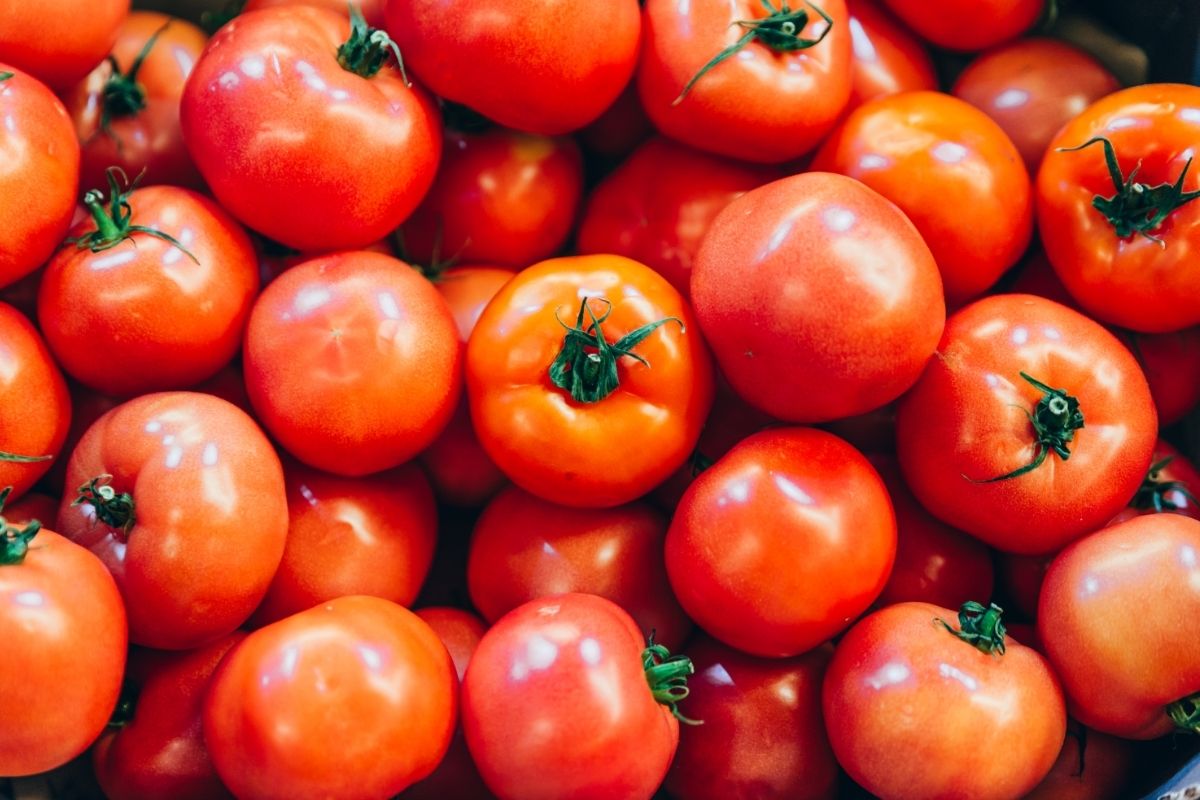
When it comes to Italian food, tomatoes are absolutely crucial. One of the fundamentals of Italian cuisine, tomatoes have been used in Italian cooking since the 1700s.
Italians categorize the tomato into two different categories depending on how it tastes.
Acidic tomatoes are usually categorized in the eating category, with the vegetables being eaten raw in a salad, on their own, or in fresh salsa.
Extremely ripe tomatoes are typically saved for cooking and making sauces.
Out of the 10,000 varieties of tomato found worldwide, in Italy, the most popular types of tomato used include varieties such as San Marzano, cherry, Datterini, and Pachino.
San Marzano tomatoes taste amazing when served with ricotta and pesto.
2. Chicory
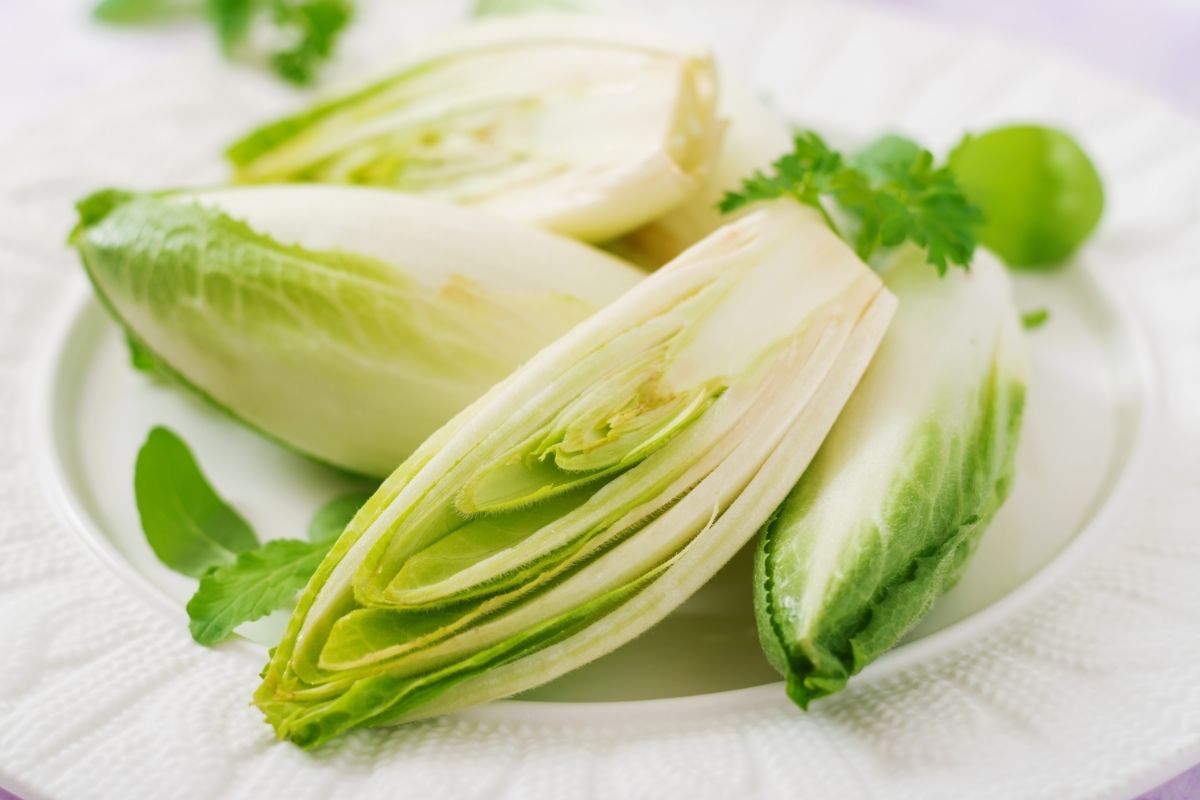
Italy has quite a history of growing a wide range of leaves from the chicory family. These include the standard yellow chicory and beautiful red radicchio.
Also known as endive, chicory is a forced crop, often grown in complete darkness. It has a unique cigar-shaped appearance, growing to approximately 12 cm long.
The fresh, crisp leaves of the chicory plant are loved for their bitter taste. This bitter taste compliments fish dishes wonderfully, especially when mixed with a sweet sauce.
Another popular chicory variety grown in Italy is the Puntarelle chicory. This chicory has long dandelion-like leaves that can grow to 50 cm long. The small inner shoots from this vegetable are eaten raw alongside a beautiful anchovy dressing.
3. Monk’s Beard

Also known by the name agretti, this vegetable is native to Tuscany and only has a short season roughly five weeks long.
A relatively unknown green, the rise in popularity of this vegetable is thanks to professional chefs who include it on seasonal menus.
In terms of taste, many say the vegetable has a similar flavor to the chard but with a bitter aftertaste. The saltiness of this grass-like vegetable is much loved in a fresh Italian salad.
Interestingly, farmers across Europe are beginning to grow this vegetable too. Its huge popularity amongst professional chefs is making the vegetable more and more sought after.
4. Tenerumi
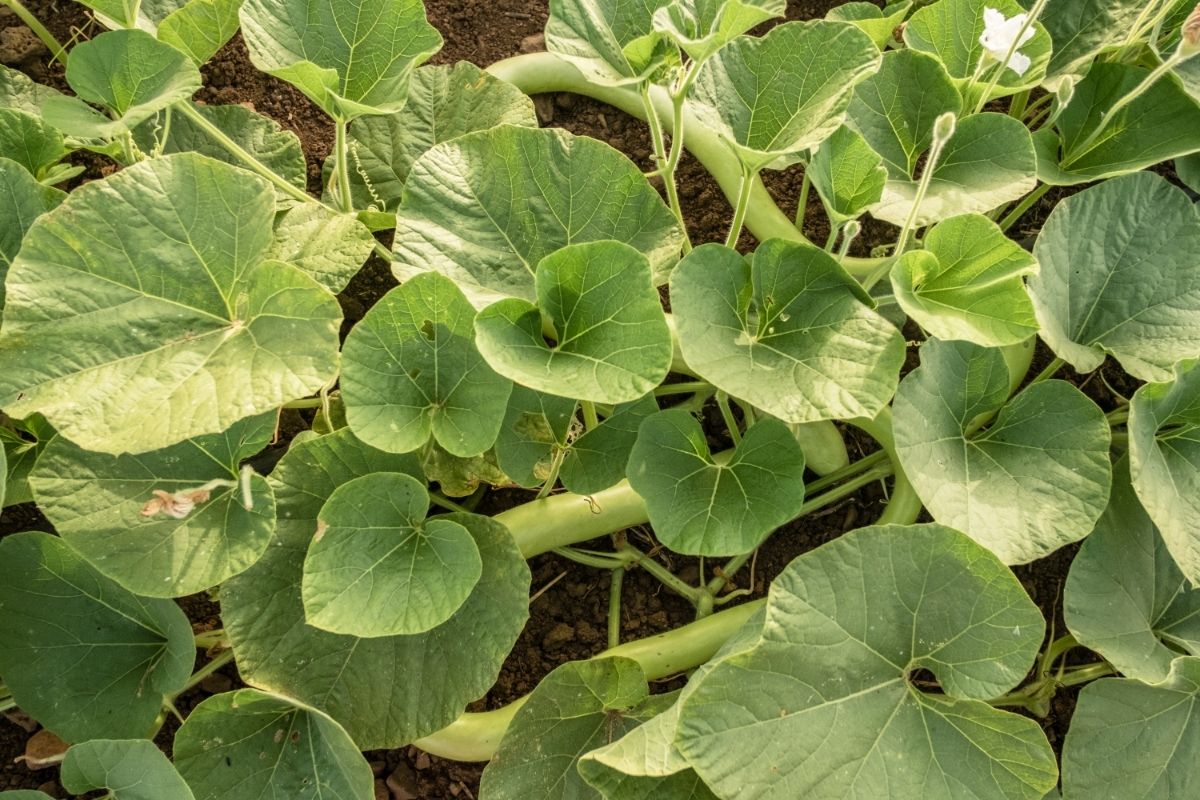
One of Italy’s more unique vegetables is the Tenerumi. Tenerumi is actually the buds, tips, and leaves of the Sicilian summer squash known by the names cucuzza and zucchina.
The thick, long green stem-like vegetable offers an interesting nutty flavor and a tarty, bitter aftertaste.
The best way to serve tenerumi is to first boil it before then serving it with an olive oil dressing.
Alternatively, a lot of Italians like to mix tenerumi with pasta and a tomato sauce. They then garnish the dish with plenty of black pepper.
This dish is a traditional Sicilian meal so why not give it a try.
5. Beetroot
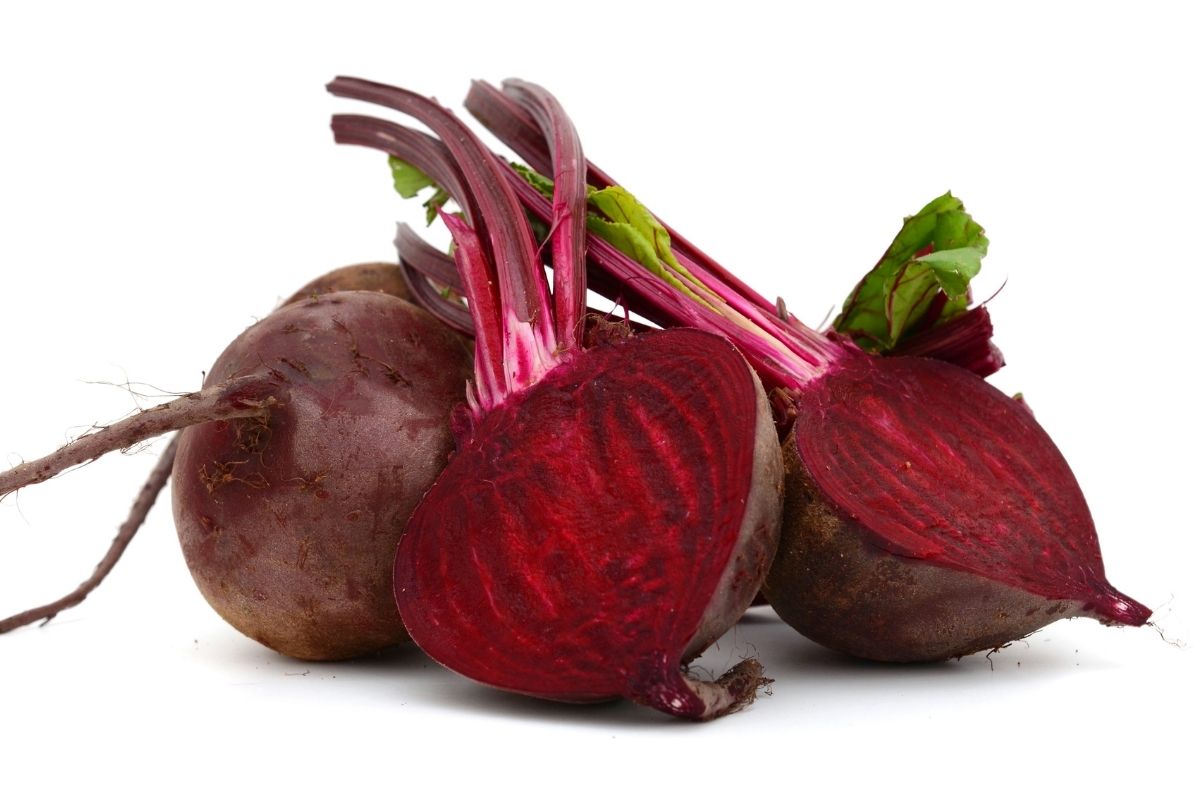
The beetroot isn’t normally associated with Italy or Italian cooking, but the Chioggia, candy stripe beetroot variety actually originates from the town of Veneto.
This large, fleshy root growing vegetable, was first cultivated in the town in the mid-19th century. It has a vibrant pink color and quite brilliant white stripes.
Though it doesn’t have many uses in Italian cooking, the vegetable is still often used to bring color and flavor to a delicious Italian salad.
This beetroot is occasionally used in luxury dining too. Some chefs will even serve this sweet-tasting vegetable with caviar and almonds.
Personally, we’ll stick to trying the Chioggia beetroot in a more affordable Italian salad.
RELATED: Red As A Beetroot: 13 Different Types Of Red Colored Veggies
6. Cavolo Nero
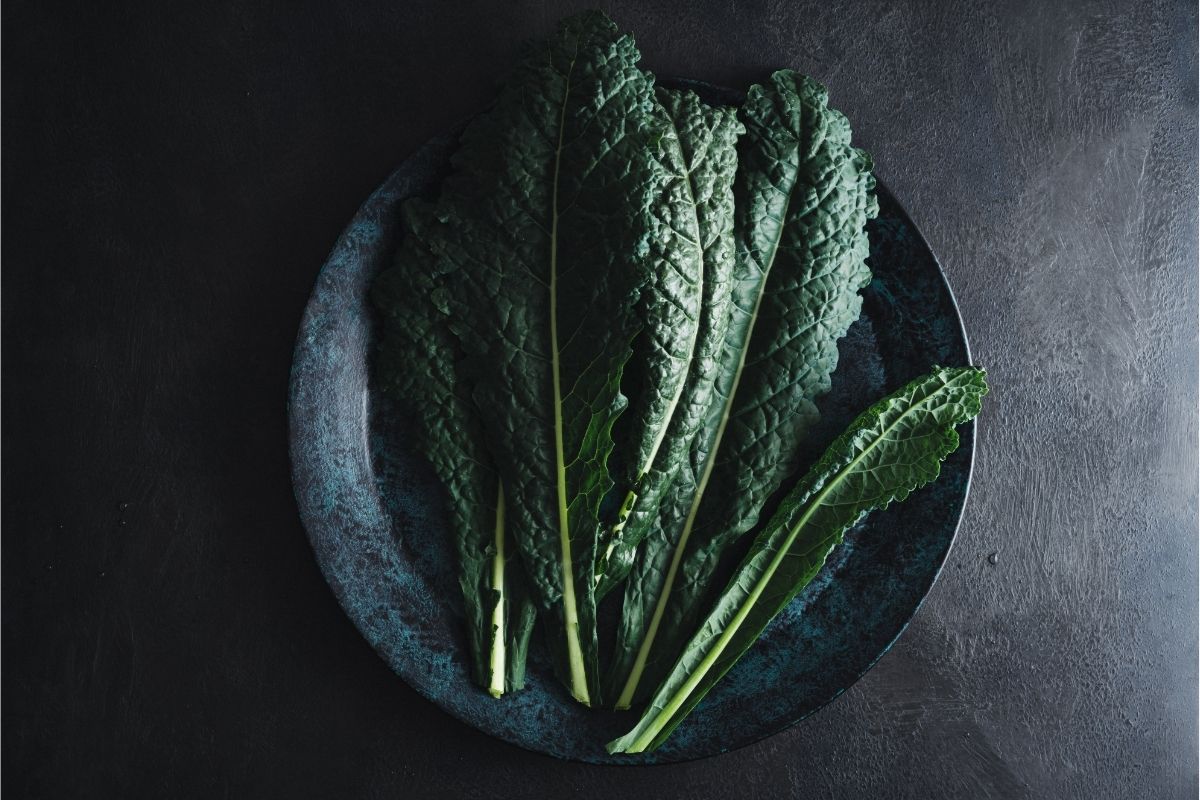
A variety of black cabbage, the cavolo nero is a vegetable becoming increasingly popular across Europe and the United Kingdom.
The reason for this increased growth in popularity is believed to be a result of the cavolo nero’s wealth of nutrients.
Seen as a great alternative to kale, this dark cabbage is most commonly used in salads and soups.
The loose-leafed cabbage has a wonderful tangy, bitter flavor, with a luscious hint of sweetness as the aftertaste.
Native to Tuscany, in northern Italy, the cavolo nero has amazingly been grown by Italian people since 600BC. In our opinion, if there’s one vegetable you should try from this list it should be this one.
7. Peperoni Cruschi
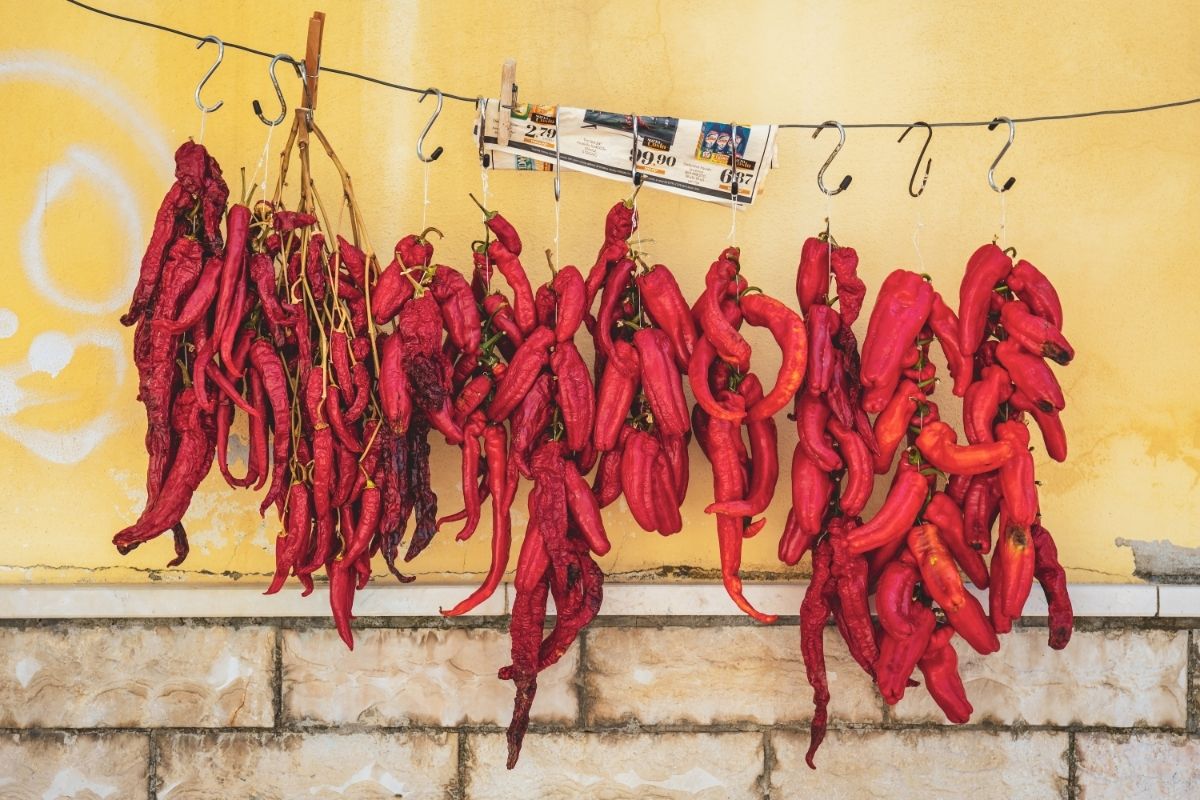
While they may look like crispy pieces of peperoni, don’t worry, they are still a vegetable. Peperoni crucshi’s are simply flakes of crumbled and fried heirloom peppers.
Grown in Senise, Basilicata, these small, yet elongated and curvy Senise peppers have a stunning sweet flavor and a subtle hint of spice.
As a result of only having a little amount of flesh, these peppers are easily preserved through drying in the sun.
To unleash the vegetable’s full potential they should be fried in fresh olive oil, broken down, and salted. They can then be used as a quick snack, flavor enhancer, or sprinkled over pasta and other vegetables.
8. Courgettes
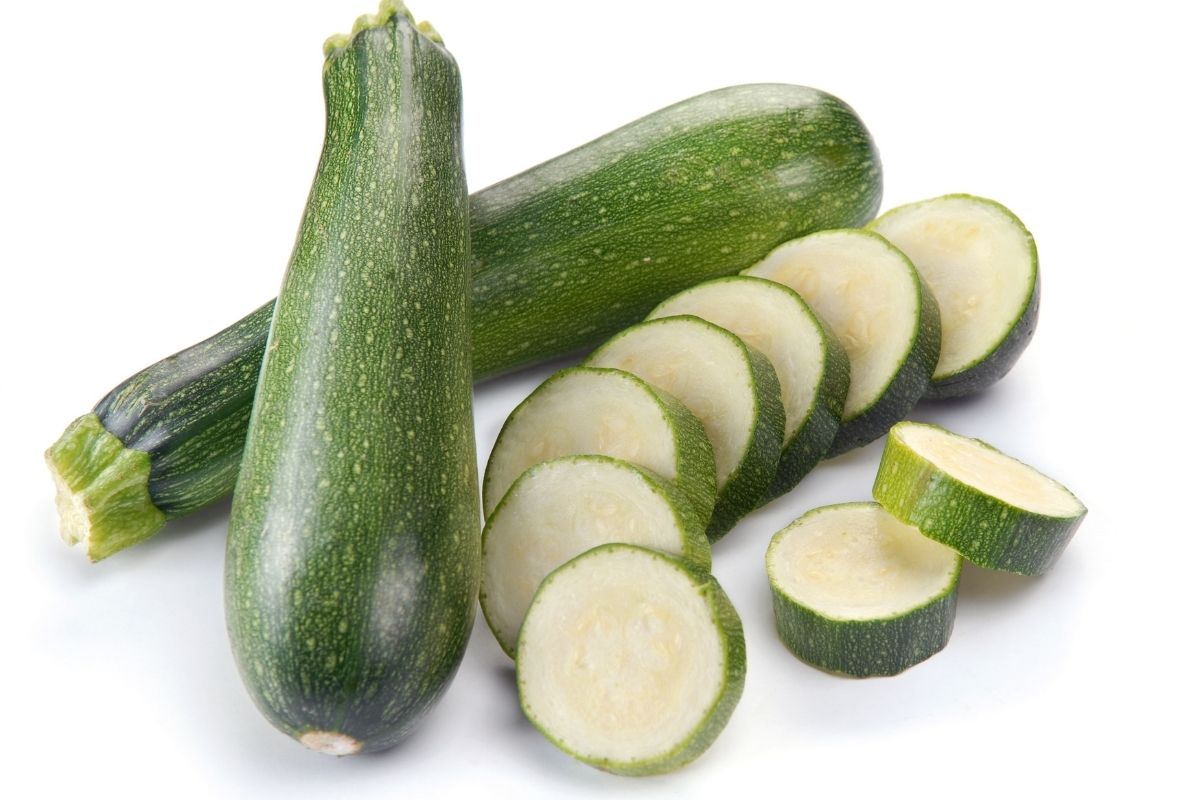
The next vegetable on our list is heavily associated with Italy and Italian cooking. You may also know the courgette as the zucchini.
The courgette is a leafy plant that produces long, green pumpkin-like vegetables at a rapid rate.
Typically eaten for their impressive digestive power, there are many varieties of courgette, varying in color, size, and shape.
We are lucky enough to have yellow courgettes, striped courgettes, round varieties, and the more unusual Trombetta variety.
The Trombetta courgette is recognized by its bizarre winding shape resembling a trumpet. Courgettes have a sweet and slightly bitter taste, with a stunning rich texture and feel.
In Italy, courgette flowers are also used in cooking. Some cooks add them to a salad while others like to serve it with horseradish sauce and apple.
9. Zucca Mantovana
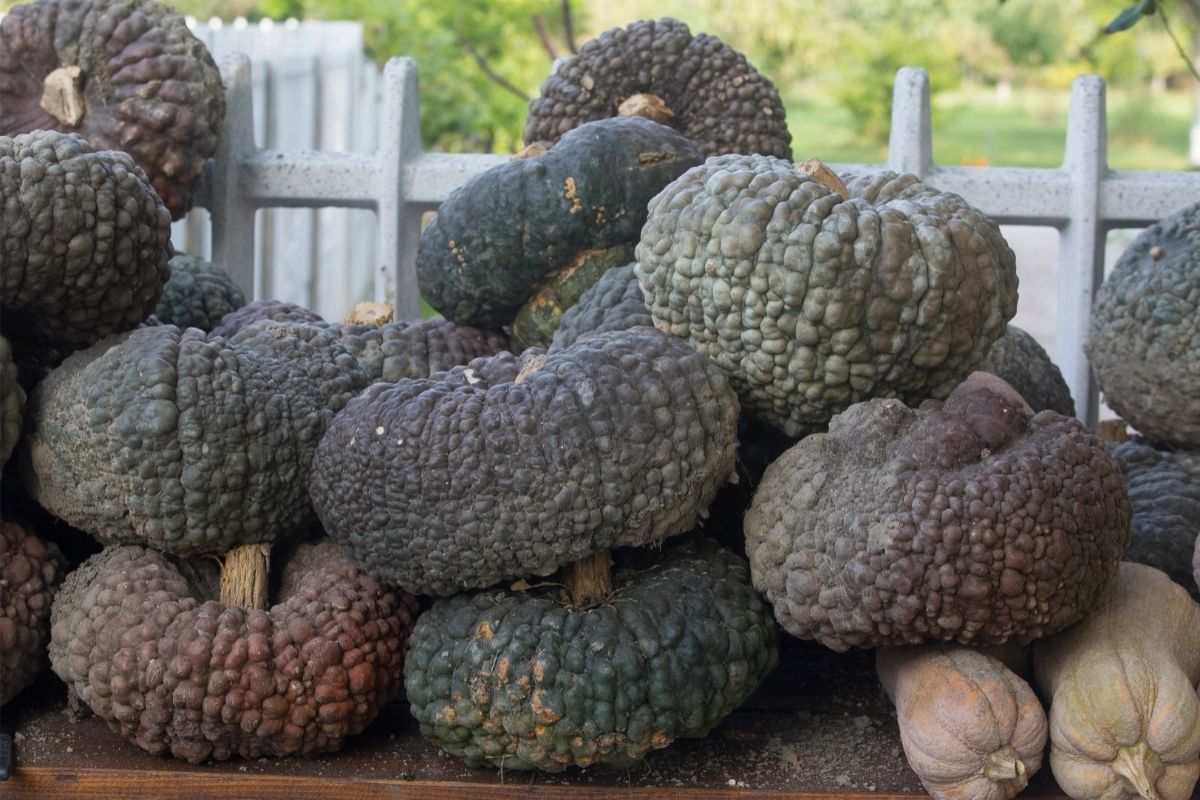
Mantua, situated in Lombardy’s southeastern corner is well known for its enormous pumpkins. Referred to by local people as Zucca’s, these pumpkins can be found in a huge variety of shapes, sizes, and colors.
The most popular variety is the Marina di Chioggia which is round and flattened at the top and bottom. Green in color and with wrinkled skin, this pumpkin has a soft pulp and beautifully sweet taste.
Americana and Violino are two other popular varieties of the Zucca Mantovana. They also have a rich orange pulp and sweet flavor.
10. Broccoli

We all know what broccoli is and what it looks like, but in Italy, things are a little different. Italy is home to a variety of more unusual types of broccoli.
These types of broccoli include broccoli rabe and cime de rapa. Typically associated with southern Italian cuisine, these varieties of broccoli have smaller florets, longer stems, and edible leaves.
They also have a more bitter taste.
One of the more striking Italian broccoli varieties is romanesco.
Unbelievably striking, this broccoli has a strange, yet stunning geometric shape that looks more like an alien species than something grown in Italy.
In terms of taste, this type of broccoli tastes like a cross between broccoli and cauliflower.
11. Trevi Black Celery
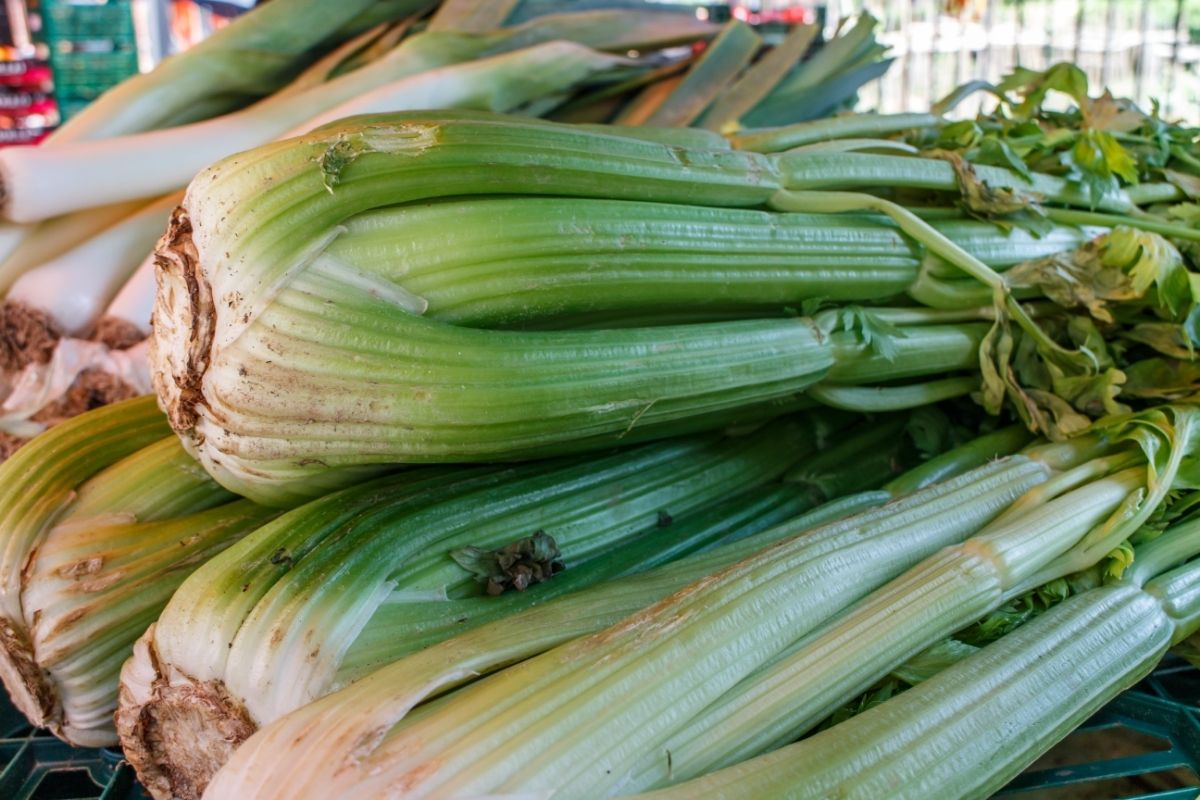
Commonly referred to as Sedano Nero di Trevi, the Trevi black celery is unsurprisingly a traditional type of celery grown in the Trevi province of Perugia.
First cultivated in the 1700s, this black celery, which isn’t actually black is characterized by its long, dark green ribs, long length, and wonderfully intense fragrance.
Growing up to an impressive 1-meter-long, the intense flavor this celery offers is used in a range of local dishes including pinzimonio, black celery parmigiana, and stuffed celery.
Final Thoughts
That concludes our list of Italian vegetables. As you can see from the list, Italy is blessed with a unique variety of beautiful vegetables that help to make their food taste so good.
While the tomato is arguably the most popular vegetable used in Italy, there are still plenty of vegetables on this list that are used on a daily basis in Italian cuisine.
In all truth, getting hold of some vegetables from this list could be difficult. A lot of these vegetables are readily available in Europe but a little harder to find in a typical American grocery store.
That doesn’t mean it’s not worth at least trying to find some of the more unique vegetables from the list.
Now you’ve got our list at your disposal, why not take a trip to your local store and see which vegetables you can find.
If you manage to find some from the list, take some home and find some new Italian recipes to impress your friends and family with. We’re certain they won’t be disappointed.







